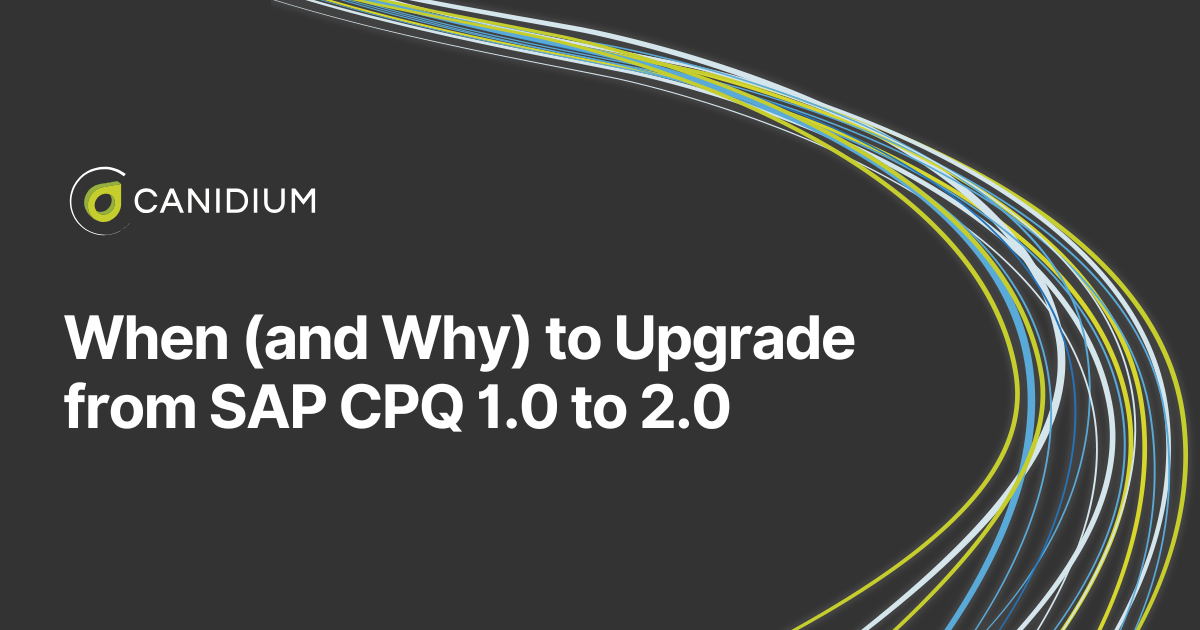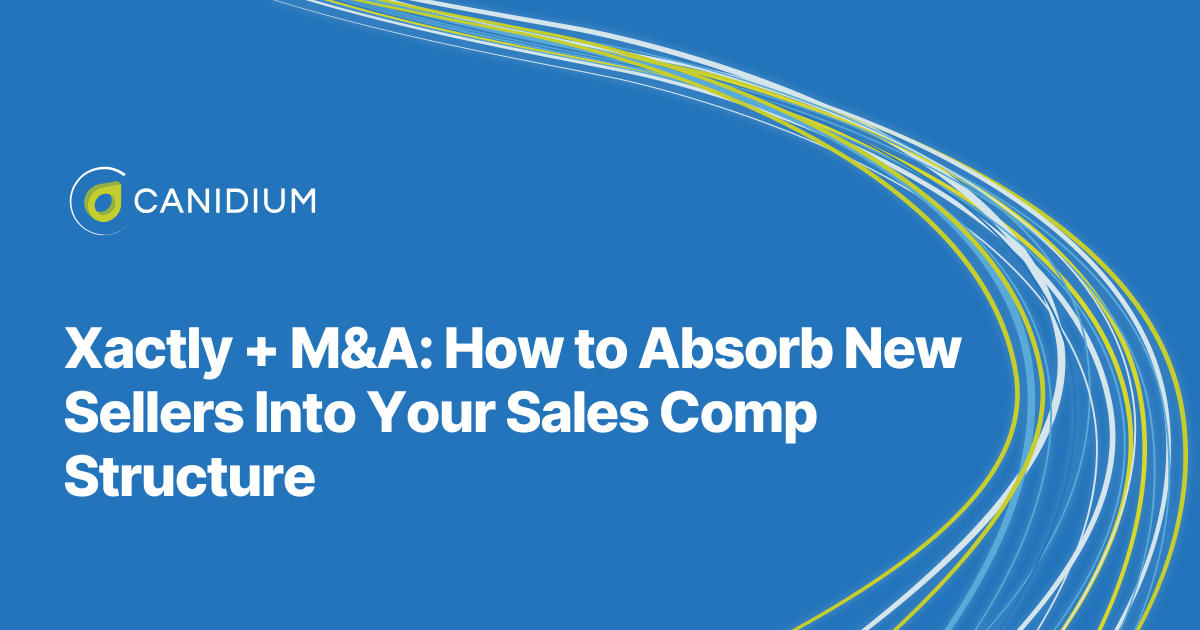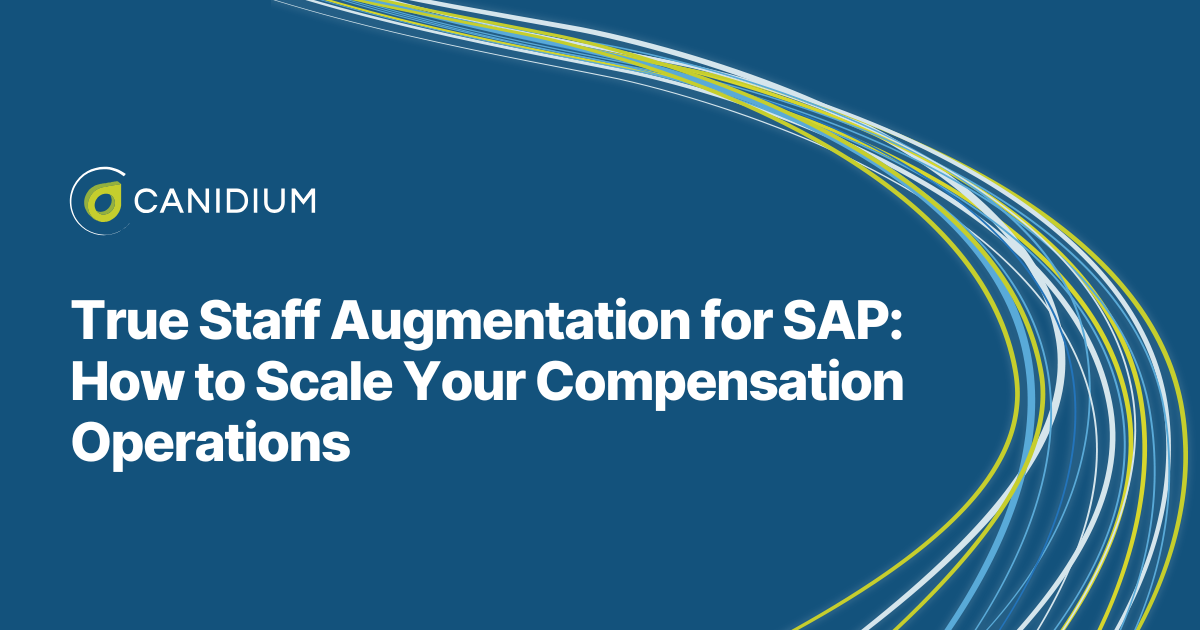What does it mean to be the carrier of choice? For producers, it means they can trust you. They know when they log into your system, they'll find accurate statements, intuitive tools, and reliable automation. They won't need to make a phone call to check a number or clarify a process. They'll be able to onboard easily, get paid accurately, and sell your products with confidence. That's what it feels like to do business with a carrier that has established a distribution management center of excellence.
The carrier of choice attracts and retains the best producers; who, in turn, drive the most efficient outcomes. It's a lofty goal, potentially taking years to fully realize. However, with the right system in place, it is achievable.
In this article, we will explore what a center of excellence is and how to begin the process of becoming the carrier of choice.
What Is a Center of Excellence?
A center of excellence is the end goal of a mature, optimized organization—one that's worked through inefficiencies, built strong processes, and created a smooth, producer-friendly experience through digital system fine-tuning and optimization. In its final stage, your internal teams are in sync, your external users (like agents or advisors) are empowered to self-serve, and your data is reliable enough that no one second-guesses the numbers.
Achieving this status doesn't just happen with a software implementation—that's just the first stage of the process. It takes time, planning, investment, and alignment across business and IT. But once you get there, you become the kind of company producers want to work with. You become the carrier of choice.
It's a Journey, and It Takes Time
No one flips a switch and develops a center of excellence overnight. In reality, it takes years. The transformation depends not just on technology, but on your organization's willingness to invest—both financially and operationally—in the long game.
That investment looks different for every company. Some may be able to move quickly, dedicating project dollars and cross-functional support to drive transformation. Others will need to pace it out based on their internal budgeting cycles, resource constraints, and existing priorities. Either way, the process begins by understanding where you are now and where you want to be.
Step One: Define Your Current and Future State
Before you build, you need a vision. That starts with a clear-eyed assessment of your current state and a defined picture of where you're trying to go. This part is less about the software and more about the business. Ask yourself, what's working, what's not, and what success looks like a few years down the road.
Avoid getting caught up in technical details early. Instead, focus on business clarity:
- What does a great producer experience look like?
- Where are the friction points today?
- What would make your organization easier to work with?
Answering these questions helps establish the foundation for a roadmap that's not just technically feasible, but strategically aligned.
Understand the Two Sides of the CoE: Business and IT
Once you have a high-level definition of what a center of excellence looks like at your organization, the next step is to dive into the details. Start by differentiating your center of excellence on two levels:
1. The Business Side: This includes things like onboarding, contracting, compliance, and the producer relationship. Understanding the pain points here often involves interviewing the people who work in these processes every day. Their insights will help define the gaps and opportunities.
2. The IT Side: This is where automation, system integrations, and data consistency come into play. Whether it's automating file drops, enabling single sign-on, or simplifying statement delivery, IT enables scalability and efficiency behind the scenes.
Both sides define "excellence" in their own terms, and both are critical. One without the other creates imbalance—great processes with poor systems, or great systems with unclear processes.
Getting There: Build a Roadmap with the Right Partner
To bridge the gap between current state and future vision, you need a roadmap. This isn't just a project plan, it's a multi-year blueprint that aligns technology upgrades with business improvements and financial realities.
Working with an experienced partner helps here. Industry-savvy advisory consultants can bring structure to the discovery process, help interview stakeholders, and design a transformation plan that fits your organization's timeline and budget. Regardless of whether you're implementing new tools or maximizing the ones you already have, the key is progress over perfection.
Don't Skip Stakeholder Buy-In
Even with the best roadmap and the right technology, your transformation will stall without buy-in from the broader organization. This step is non-negotiable. You need to have your stakeholders on board to successfully build a center of excellence.
Stakeholder alignment means engaging with sales leadership, marketing, operations, IT, and finance. Engage by listening to and incorporating their needs, and then communicating the benefits as a long-term strategic plan comes together. Be able to explain the benefits to each group of stakeholders as well as the overall enterprise overall. Each stakeholder group plays a role in supporting the vision and without their commitment, you'll hit roadblocks. Socializing the plan early and showing how it benefits everyone involved creates the foundation for sustainable change.
Becoming a Center of Excellence
Becoming a Center of Excellence is absolutely achievable, but it's a journey, not a sprint. Start by defining your vision, involve both business and IT from the beginning, invest wisely over time, and make sure your stakeholders are on board.
To get there, business and IT teams need to work in tandem from the very beginning. On the business side, this means identifying pain points like slow onboarding, unclear commissions, or a lack of visibility into performance data. From the IT side, it's about finding opportunities to automate and streamline, from reporting to reappointments to single sign-on. Both perspectives are essential, and success depends on building a shared roadmap that reflects the needs of both. Done right, this approach sets you up to be the carrier of choice for years to come.







